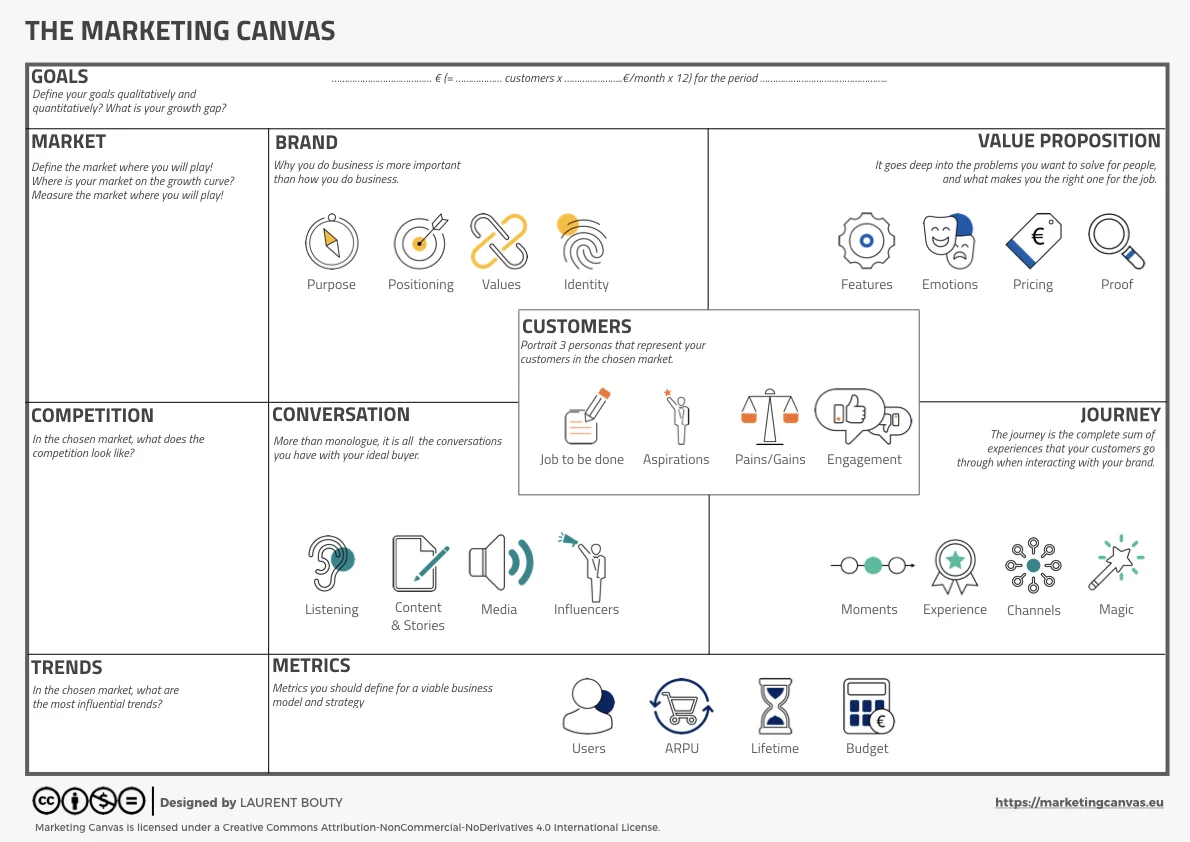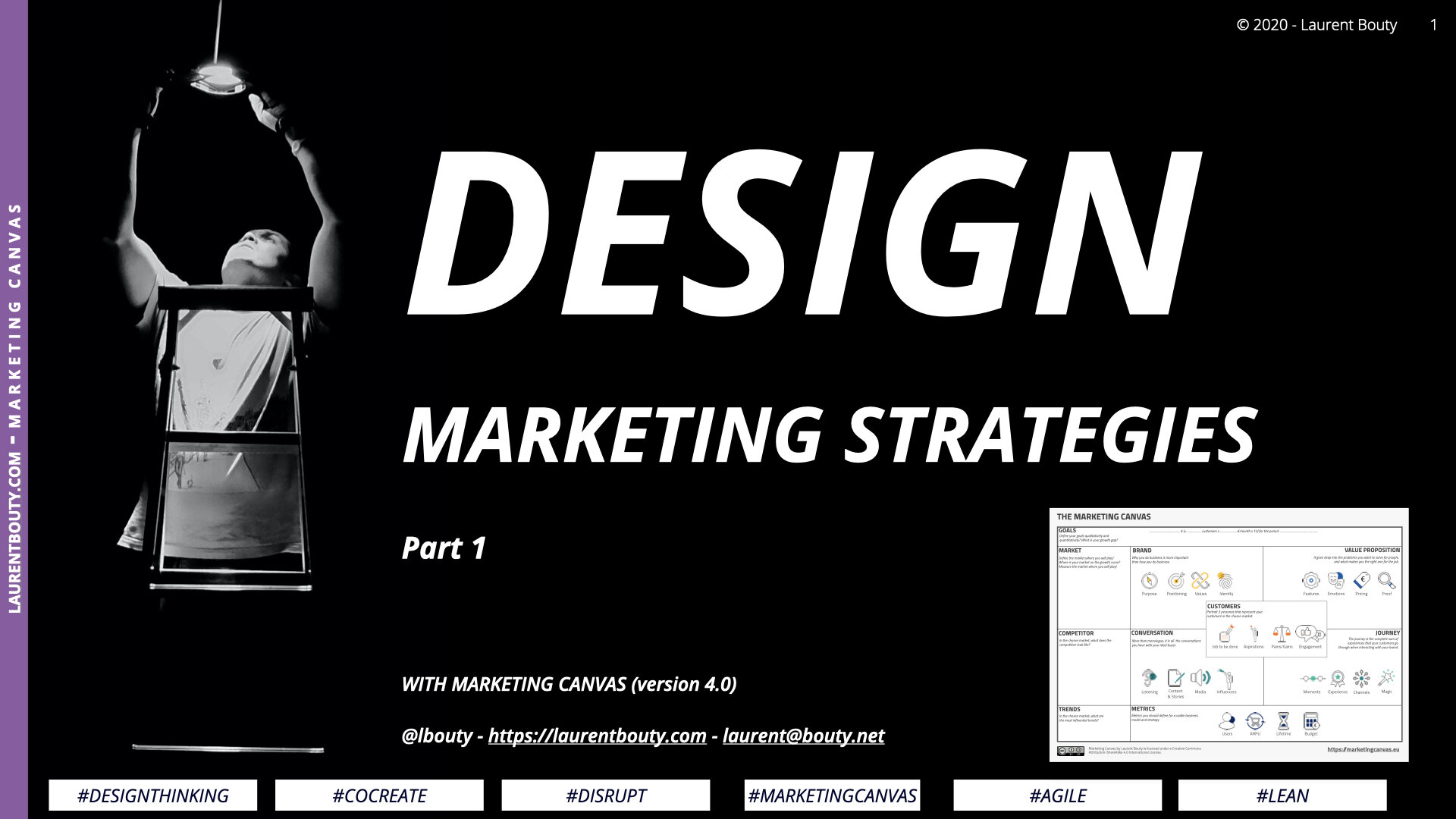Last update: 29/05/2023
In a nutshell
In essence, positioning outlines a brand's unique space in the market, influencing other strategic components like Value Proposition and customer conversations.
The positioning varies depending on whether the brand is a newcomer or an established entity and identifies with one of the three roles - Leader, Challenger, or Disruptor. Each role signifies the brand's unique space in the competitive landscape and their approach to the market.
The efficacy of a brand's positioning can be evaluated through a series of assessment questions that rate its clarity, relevance, attainability, and alignment with the company's culture and capabilities. By understanding the implications of the scores, businesses can continually assess and improve their positioning strategy, fortifying their market presence.
This article dives deep into the concept of positioning, its types, evaluation, and improvement, providing comprehensive insights for entrepreneurs and marketers.
In the Marketing Canvas
The Marketing Canvas is a powerful tool for entrepreneurs and non-marketers to build a robust marketing strategy. It consists of six meta-dimensions, each with four sub-dimensions, for a total of 24 sub-dimensions defining your Marketing Strategy. One of these sub-dimensions is POSITIONING, which falls under the BRAND meta-dimension.
What Does "Positioning" Entail?
The concept of 'Positioning' within the Marketing Canvas underlines a brand's distinctiveness in the market. It is a determining factor influencing other strategic aspects like your Value Proposition and conversations. Essentially, it's about carving out your unique niche, a position that sets you apart from your competitors. It's where your brand stands - in the eyes of your customers and relative to your competitors.
Positioning, however, is not a static decision. It depends on your brand's current market situation and its evolutionary status—whether you're a newcomer or an established player. For instance, a new brand might position itself as a challenger in a growing market, or a disruptor in a mature or declining market. Existing brands, on the other hand, could aim to solidify their leadership role, strive to become more of a challenger, or attempt to disrupt the market.
Consider the concept of green, clean energy. As a new player in this burgeoning market, you might choose to be a challenger, offering innovative, cost-effective renewable energy solutions. If you are an established player, you could position your brand as a leader by promoting your large-scale green energy production capabilities.
Positioning Types: Leader, Challenger, Disruptor
The 'Positioning' in the Marketing Canvas proposes three potential roles: Leader, Challenger or Follower, and Game Changer or Disruptor.
Leader Brand: This is the choice of mass consumers, often at the risk of losing early brand enthusiasts. These brands enjoy substantial mindshare and market share. They represent the category and dominate the space. For example, in the clean energy sector, a leader might be a company like NextEra Energy, known for its extensive wind and solar power production.
Challenger or Follower Brand: These brands turn leaders' strengths into their weaknesses. Recognized as viable alternatives to Leader brands, Challengers often leverage differentiation or provide cost-effective solutions. In the context of green energy, a challenger brand could be a new renewable energy startup offering innovative, localized energy solutions that large-scale leaders cannot provide.
Game Changer or Disruptor Brand: Disruptor brands find a 'Blue Ocean' market space for themselves, using a unique product, distribution channel, target market, or price point. For example, a clean energy disruptor might be a brand that creates a new technology for harnessing renewable energy, redefining the industry norms.
From Positioning to Action
Once established, positioning significantly influences your Value Proposition, impacting product features, emotional resonance, pricing, and market strategy, including customer journeys and conversations. For instance, a green energy leader's value proposition could focus on reliability and extensive distribution, while a disruptor might emphasize innovation and customization.
Evaluating and Improving Positioning
To assess your brand's positioning, rate your agreement with the following statements on a scale from -3 (completely disagree) to +3 (completely agree):
A positive score (+1 to +3) on these statements suggests that your brand's positioning is strong and well-thought-out. Your positioning aligns with industry trends, is attainable with available resources, and resonates with your company's culture and capabilities.
A neutral score (0) indicates that your brand's positioning may be partially effective. Some aspects of your positioning are well-executed, but there may be areas that need refining to be more in tune with the company's context, resources, culture, and capabilities.
A negative score (-1 to -3) on these statements might signify that your brand's positioning needs attention and likely, a reassessment. The positioning may lack definition, relevance to market trends, feasibility in terms of resources, or alignment with the company's culture and capabilities.
Remember, brand positioning is a dynamic process and it's essential to continually assess, adjust, and improve your strategy as per the evolving market scenarios and internal resources and capabilities.
Through understanding the implications of the scores, businesses can identify potential weaknesses in their positioning and develop effective strategies to enhance their brand positioning, thereby strengthening their market presence.
Remember, brand positioning is a dynamic process and it's essential to continually assess, adjust, and improve your strategy as per the evolving market scenarios and internal resources and capabilities.
Sources
DKY, 2016, https://dkyinc.com/2016/06/brand-strategy-leader-vs-challenger
Beloved Brands, https://beloved-brands.com/2018/04/11/disruptor-challenger/





































